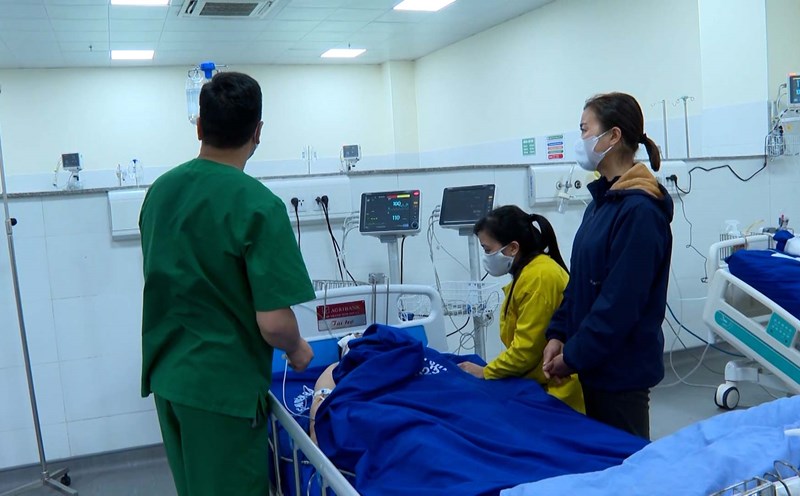At the "Index of Employment Transactions for the Year 2025", organized by the Hue City Employment Service Center, a number of garment companies located in Hue City such as Scavi Hue, MSV, Son Ha Hue, AMP Vietnam - Phong Dien, Phu Hoa An participated in labor recruitment interviews in many positions.
The labor recruitment plan for the first 6 months of 2025 of enterprises is estimated at about 6,000 people in many industries. In particular, garment workers account for more than 50% of total recruitment demand. Scavi Hue Company is recruiting more than 1,500 sewing workers; AMP Vietnam - Phong Dien Company needs to recruit about 300 sewing workers.
Many textile and garment enterprises for export such as Hue Textile and Garment Joint Stock Company, Son Ha Hue (Phu Da Industrial Park), MSV (Phu Bai Industrial Park), Kanglongda (Phong Dien Industrial Park), Phu Hoa An (Phu Bai Industrial Park) are also recruiting more than 1,000 workers in different positions. However, through a survey on the first day of the Employment Transaction Month, most businesses still have no employees registered to submit their application documents.
Currently, local human resources are saturated, the number of workers has not increased significantly even though the return of shift workers has been taken into account. Meanwhile, many garment factories are continuously expanding their production scale, making the problem of finding and recruiting workers increasingly difficult. The reason for the shortage of human resources in the garment industry is partly due to limited source creation, career orientation and specialized training scale. Many vocational training institutions in the area have not been fully equipped with teaching equipment and professional lecturers to train the garment industry.
This issue has been analyzed by many experts, managers and businesses, and at the same time proposed solutions to strengthen cooperation between businesses and vocational training institutions to train human resources to meet the actual needs of the garment industry.
To meet the recruitment needs of businesses in the present and near future, vocational schools and businesses need to coordinate closely in developing and adjusting training programs. At the same time, it is necessary to assess learners' abilities, support specialized training equipment, as well as organize lecturers and students to participate in practice and internship at enterprises.
Strengthening the relationship between businesses and vocational training institutions not only helps improve training quality but also contributes to solving the problem of human resource shortage in the garment industry, ensuring that the labor force meets the needs of the market.











